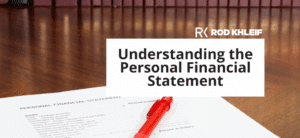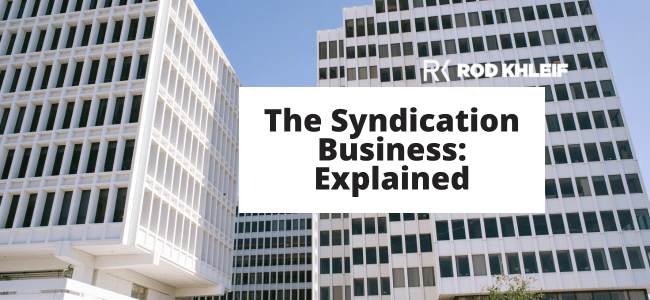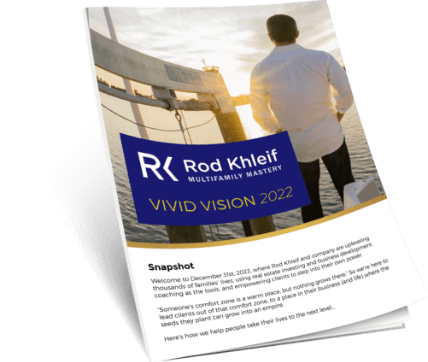IRR vs. Equity Multiple: Choosing the Best Investment Metric
When evaluating a multifamily investment deal from a broker or partner, it’s crucial to analyze the advertised return metrics with a healthy dose of skepticism. Not because they’re misleading, but because return metrics can be manipulated to make a deal look more attractive than it actually is.
Two of the most commonly used return metrics in real estate investing are the Internal Rate of Return (IRR) and Equity Multiple. While both provide insights into potential returns, relying on just one can be misleading. A deal boasting a 17% IRR might sound impressive, but it doesn’t reveal the absolute return. Similarly, a 1.7X Equity Multiple may seem promising, but without factoring in the timeframe, it’s incomplete.
To make informed investment decisions, let’s break down IRR and Equity Multiple and why both are essential when evaluating a deal.
What Is Internal Rate of Return (IRR)?
Internal Rate of Return (IRR) measures the rate of return earned on each dollar for each period it’s invested. It is calculated as the discount rate that sets the Net Present Value (NPV) of all future cash flows to zero.
Why IRR Matters
- Accounts for Time Value of Money: A dollar today is worth more than a dollar in the future due to its ability to earn interest.
- Useful for Comparing Investments: Works best when comparing investments with the same holding period (e.g., comparing two multifamily properties or a multifamily deal vs. stock market returns).
- Helps Assess Investment Timing: Higher IRRs typically indicate that strong returns occur earlier in the investment timeline.
IRR’s Limitations
- Doesn’t Measure Absolute Returns: A $100M investment that returns $105M in one month results in an ~80% IRR, but the actual profit is only $5M.
- Not Suitable for Different Holding Periods: Comparing an investment with a 10-year holding period to a 30-year bond using IRR is ineffective.
To get a clearer picture of absolute returns, Equity Multiple is a better tool.
What Is Equity Multiple?
Equity Multiple measures an investment’s absolute return by comparing the total cash returns to the original investment. It is calculated as:
Total Cash Flows ÷ Initial Investment
For example, an investment of $100M that returns $150M has an Equity Multiple of 1.5X.
Why Equity Multiple Matters
- Shows Absolute Returns – It directly tells investors how much they will earn in total.
- Complements IRR – If an investment earns $50M on a $100M investment, an Equity Multiple of 1.5X confirms the investor made $50M in profit.
Equity Multiple’s Limitations
- Doesn’t Account for Time – A 1.5X multiple could take 2 years or 20 years, making a big difference in investment quality.
Because of this, Equity Multiple and IRR should be used together.
Which Metric Should You Use?
The best approach is to use both IRR and Equity Multiple together.
- IRR tells you how quickly returns are generated, factoring in time.
- Equity Multiple shows the total return on investment, regardless of time.
Example: IRR vs. Equity Multiple in Action
Consider two investment opportunities with identical cash flows:
- Investment #1 returns $250M in Year 1
- Investment #2 returns $250M in Year 4
Because Investment #1 delivers earlier cash flow, its IRR is 7.84%, while Investment #2 has an IRR of 7.37%. The Time Value of Money skews IRR higher for early returns.
However, because the total cash flows are the same, both investments have an Equity Multiple of 1.37X. In this case, Investment #1 is superior due to its higher IRR.
What If Equity Multiples Differ?
Now, consider two new investment opportunities:
- Investment #1 has an IRR of 11.32% and an Equity Multiple of 1.5X
- Investment #2 has an IRR of 10.10% but an Equity Multiple of 1.53X
At first glance, Investment #1 seems better due to its higher IRR, but Investment #2 actually provides a higher total return. In this case, the Equity Multiple is the deciding factor.
Key Takeaways
When evaluating multifamily investment opportunities:
✔ Don’t rely on just one metric. Always assess both IRR and Equity Multiple together.
✔ IRR is ideal for comparing investments with similar holding periods but fails to measure absolute returns.
✔ Equity Multiple measures absolute returns but ignores the time it takes to generate them.
✔ A thorough investment analysis should include both metrics, along with other factors like Cash on Cash Return and market conditions.
Before making a decision, perform due diligence and analyze multiple return metrics to ensure the deal aligns with your investment goals.
Glossary of Key Investment Terms
- Internal Rate of Return (IRR): The rate of return earned on each invested dollar per time period.
- Equity Multiple: A measure of absolute return, calculated as total cash flows ÷ total investment.
- Net Present Value (NPV): The value of future cash flows in today’s dollars.
- Time Value of Money: The principle that a dollar today is worth more than a dollar tomorrow due to its earning potential.
- Holding Period: The length of time an investor holds an asset.
- Due Diligence: Research and analysis performed before making an investment decision.
- Cash on Cash Return: Measures the before-tax cash flow relative to the total cash invested.
For more insights on multifamily investing, join us at MultifamilyBootcamp.com.
Final Thoughts
When analyzing investment opportunities, understanding both IRR and Equity Multiple ensures you make smarter, more informed decisions. Don’t fall for marketing gimmicks—run the numbers and compare investments wisely.












